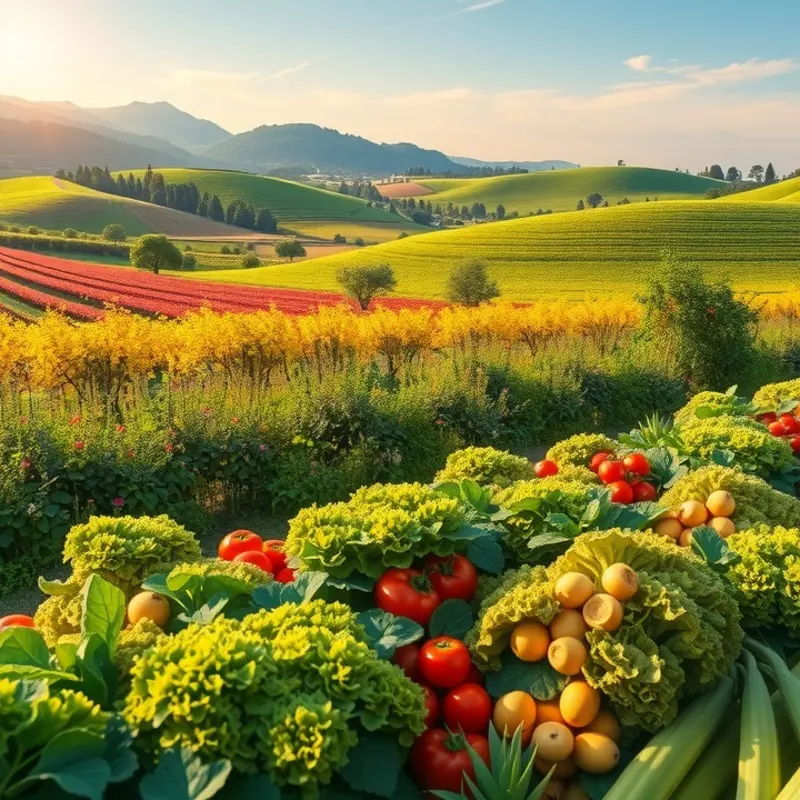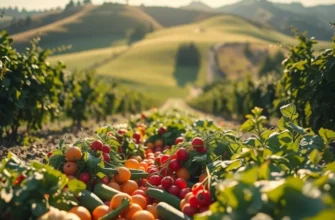Scaling recipes can open up a world of culinary creativity. Understanding how to properly adjust ingredient amounts ensures that your favorite dishes are adaptable for any occasion. Whether you’re cooking for one or a crowd, this guide will equip you with the knowledge to confidently tweak recipes while maintaining delicious flavors.
Understanding Measurements and Proportions

Grasping measurements and proportions is essential for scaling recipes effectively. Recipes typically use three types of measurements: volume, weight, and counts. Each type affects the outcome of a dish differently, especially when adjustments are made.
Volume Measurements
Volume measures the space an ingredient occupies and is common for liquids and some dry goods like flour. Common units include teaspoons, tablespoons, cups, pints, and liters. While convenient, volume measurements can be inconsistent, as they depend on factors like packing techniques and ingredient compactness.
To enhance accuracy, use standardized measuring tools and level off dry ingredients with a straight edge. For liquids, ensure the measuring cup is at eye level and on a flat surface to read the meniscus correctly.
Weight Measurements
Weight is the most reliable measurement for precision. It accounts for ingredient density, making it less prone to error. Ingredients like flour can vary greatly by volume but remain consistent by weight. In the metric system, grams and kilograms are standard; in the U.S., pounds and ounces are common.
Using a kitchen scale can improve accuracy during scaling. This is particularly beneficial when dealing with baking, as precise measurements can significantly impact texture and structural integrity.
Count Measurements
Some recipes list ingredients by count, like “three eggs” or “two cloves of garlic.” While straightforward, this method can be vague due to size variations. For consistency, consider the average size or weight of the ingredient.
For example, a large egg typically weighs about 50 grams. If a recipe requires three eggs, consider using 150 grams of egg to maintain consistency.
Converting Measurements
Conversions are often necessary when scaling recipes up or down. Familiarize yourself with common conversion factors, e.g., 1 cup of flour roughly equals 125 grams, while 1 cup of sugar is about 200 grams. Scale these measurements proportionally to maintain balance in the recipe.
Adjusting Ingredients Based on Behavior
Not all ingredients react similarly when scaled. Leavening agents like baking powder and yeast require precise scaling. For example, doubling the amount might lead to overly puffed or collapsed baked goods. In such cases, scaling by a factor of the square root is more reliable.
Balance flavors carefully. Some ingredients, like spices, can overpower when scaled linearly. Instead, increase slowly and adjust to taste.
Understanding and mastering these measurements and proportions helps create scalable, delicious dishes. To further enhance your cooking efficiency, consider exploring practical ingredient batching for meal prep strategies that save time and reduce waste.
Equipped with these insights, you’re now ready to delve deeper into the art of recipe scaling, ensuring each dish meets your culinary desires with precision and care.
Practical Tips for Scaling Up or Down

Scaling your favorite recipes up or down doesn’t have to be challenging. By applying a few thoughtful modifications, you can ensure that increased or decreased quantities don’t compromise the dish’s flavor or texture.
1. Adjusting Ingredient Ratios
Most ingredients scale linearly, meaning if you double a recipe, you double the ingredients proportionally. However, exceptions like herbs, spices, and leavening agents require nuance. Start by increasing these by one-and-a-half times when doubling, then taste and adjust as needed. This avoids overly intense flavors or unexpected chemical reactions.
2. Cooking Times and Temperatures
When scaling recipes, oven temperatures generally remain the same. However, cooking times can change significantly. Larger quantities, especially in soups or casseroles, often need more time. A good rule is to add about 20% more time for doubled recipes, but monitor closely to avoid overcooking. For smaller portions, reduce the cooking time by a similar margin. It’s always best to check earlier to prevent dryness.
3. Size of Cookware Matters
The size and shape of your cookware affect cooking. When scaling up, use larger pans to ensure even cooking. Adequate surface area promotes proper heat distribution. Conversely, scaling down may allow for smaller pans which might fit better in personal-sized ovens. Consider depth, as well as width, since a deep dish might need a longer duration to cook through entirely.
4. Consider Texture Changes
Ingredients such as pasta, rice, and grains can absorb differently when quantities change. For large batches, you may need to tweak liquid amounts slightly to keep textures comparable. Additionally, know that starches absorb sauces faster in larger quantities. Adjust the liquid ingredients to maintain the desired consistency.
5. Modify Cooking Methods
Larger quantities might necessitate different cooking methods. For instance, if doubling a recipe requires more than your original pan can hold, break it into multiple dishes. Alternatively, consider switching to a slow cooker or using batch cooking techniques for even results. Similarly, alter the intensity of heat; simmer instead of a hard boil, ensuring flavors meld nicely without burning.
6. Storage Considerations
Scaling recipes often results in leftovers, especially when scaling up. Proper storage is paramount to maintain freshness and quality. Be sure to let hot foods cool before sealing them away to avoid condensation, which could lead to sogginess or spoilage. For detailed guidance on smart storage practices and avoiding food waste, explore eco-smart kitchen storage.
By employing these strategies, you’ll master the art of recipe scaling, ensuring that each meal, in any quantity, remains delightful and true to its intended taste and texture.
Final words
Scaling recipes is an invaluable skill for any home cook, enhancing your culinary versatility. By understanding measurements and implementing simple scaling techniques, you can confidently create meals for any occasion. Remember to experiment with different ingredients and adjustments based on your taste preferences. With practice, you’ll discover how to make any recipe work for your needs, making cooking a more enjoyable and fulfilling experience.







